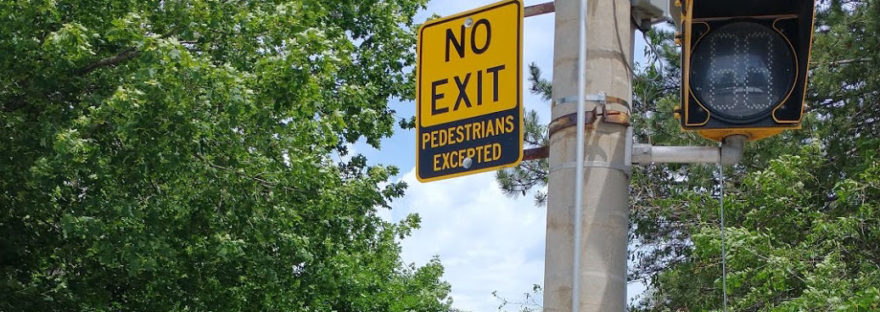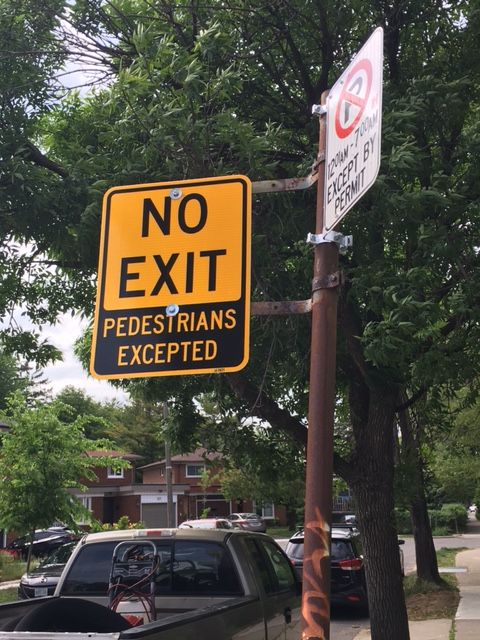Walk Toronto has written to Barbara Gray, General Manager, Transportation Services, and to Councillor Jennifer McKelvie, chair, Infrastructure and Environment Committee, to request an update and renewal of the Toronto Walking Strategy.
The Toronto Walking Strategy was adopted in 2009. At the time, it was a forward-looking vision for making Toronto a great city for walking. Over the past decade and more, many of the elements in the strategy have been implemented. However, others have fallen by the wayside. As well, many new issues and policies have been introduced that have an impact on walking in Toronto, such as “Complete Streets” and “Vision Zero.”
What’s more, in the past decade the need for action on climate change has become ever more urgent. The City’s TransformTO plan to achieve net-zero emissions by 2040 includes a goal of having 75% of trips of under 5 km made by walking or cycling. To achieve that goal requires a significant increase in the ambition of Toronto’s walking policies.
That is why we are calling on the City of Toronto to review, revise, and renew the Toronto Walking Strategy. It is time to bring the admirable Toronto Walking Strategy up to date with the developments of the past decade and the goals of the next decade, in order to give Toronto a true roadmap to becoming a great city for walking.




